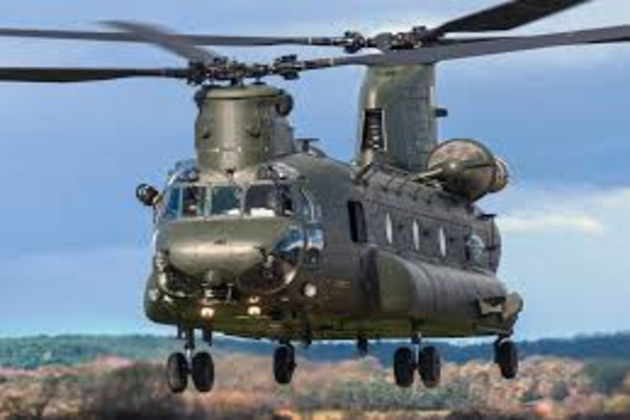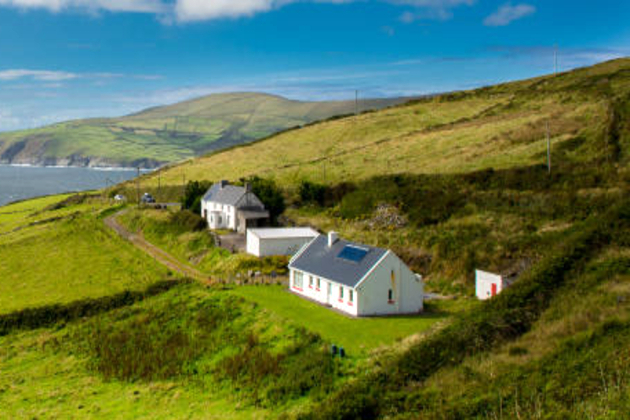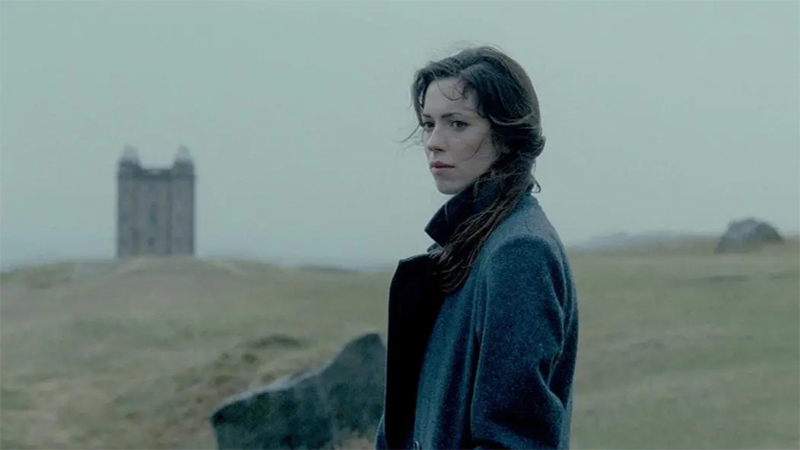5 facts about the Russian Blue - the aristocrat among cats
RBTH
05 Jan 2023, 19:25 GMT+10
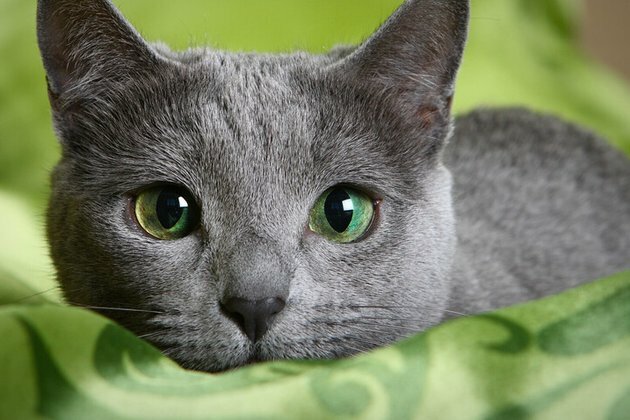
A gray velvety cat with bright green eyes - this is what Russia's most famous short-haired breed, a native of the Russian North, looks like.
The native land of the Russian Blue is the remote city of Arkhangelsk, the leading sea and river port in Russia's Arctic region. Back in the late 19th century, this cat won the hearts of Europeans, originally arriving on the continent thanks to British sailors . Oddly enough, until recently this cat was better known abroad than in Russia.
1. Made its way to Great Britain by sea

Legion Media
The smoky-gray cat was a common human companion in the Russian North, and hunting mice was its main function. Cats have always been the most effective means to be rid of rodents, and they were frequently taken aboard ships by both Russian and European, (predominantly British) seamen, who once were frequent visitors to the Russian North (we wrote at length about it here).
In the second half of the 19th century, felinology, the science of cats, was born in Great Britain. Something drew the attention of these experts to the gray cats that came by sea from Arkhangelsk. These cats were first mentioned in the British press as early as in the 1860s, and, starting from the 1870s, they began to participate in cat exhibitions under the name of "Arkhangelsk Blue". In the 1890s, aboriginal kittens were brought from Arkhangelsk and its islands for breeding in an English cattery. In 1912, this cat finally obtained its own breed standard.
2. Once on the brink of extinction
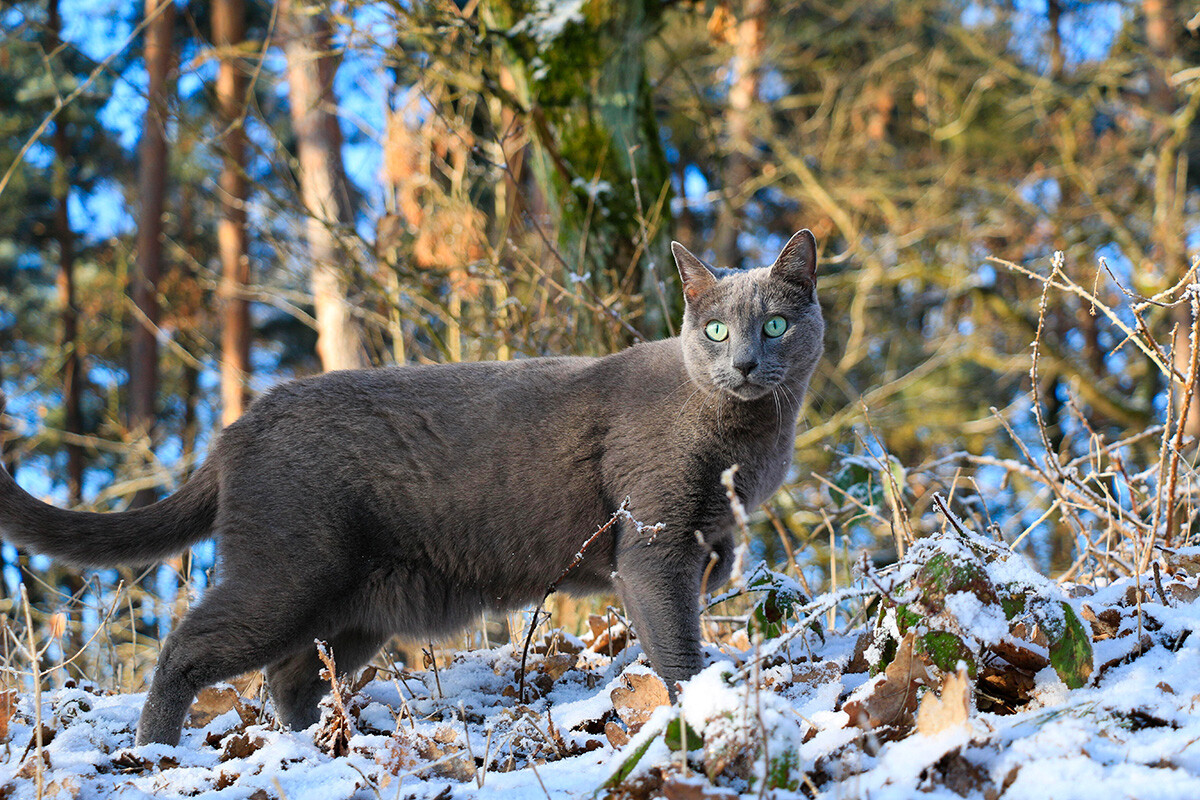
Legion Media
In the early 20th century, this cat looked slightly different from how we know it today: its fur was thicker and harder since it's quite cold in the north of Russia; also, it has mighty back paws. After this cat became popular across Europe, it eventually traveled as far as the U.S., where it acquired new names that included the "Russian" and "Arkhangelsk" cat, as well the "Siberian", and even the "Maltese"; (actually, felinologists called any cat with grayish-blue fur "Maltese"). After World War II, these cats were on the brink of extinction, but in the late 1940s breeders again started to revive this magnificent feline. The remaining cats were eventually cross-bred with Siamese, Havana and other felines. In the 1980s, when the felinological movement first appeared in the USSR, these cats finally rose to fame in their native land.
3. Emerald eyes

Legion Media
As a result of breeding in different parts of the world, felinologists bred four types of the Russian Blue cat, namely English, Scandinavian, European and North American. There is a slight difference in their ear shape and body proportions, but in any case, this breed is all about its short, thick, grayish-blue fur coat, emerald eyes and a very delicate character. One immediately realizes that they're up against a very clever cat that loves playing but which can also keep company when somebody is watching a movie. Yet, at the same time, it respects personal borders and will never force itself on people.
4. There are also Russian White and Russian Black cats
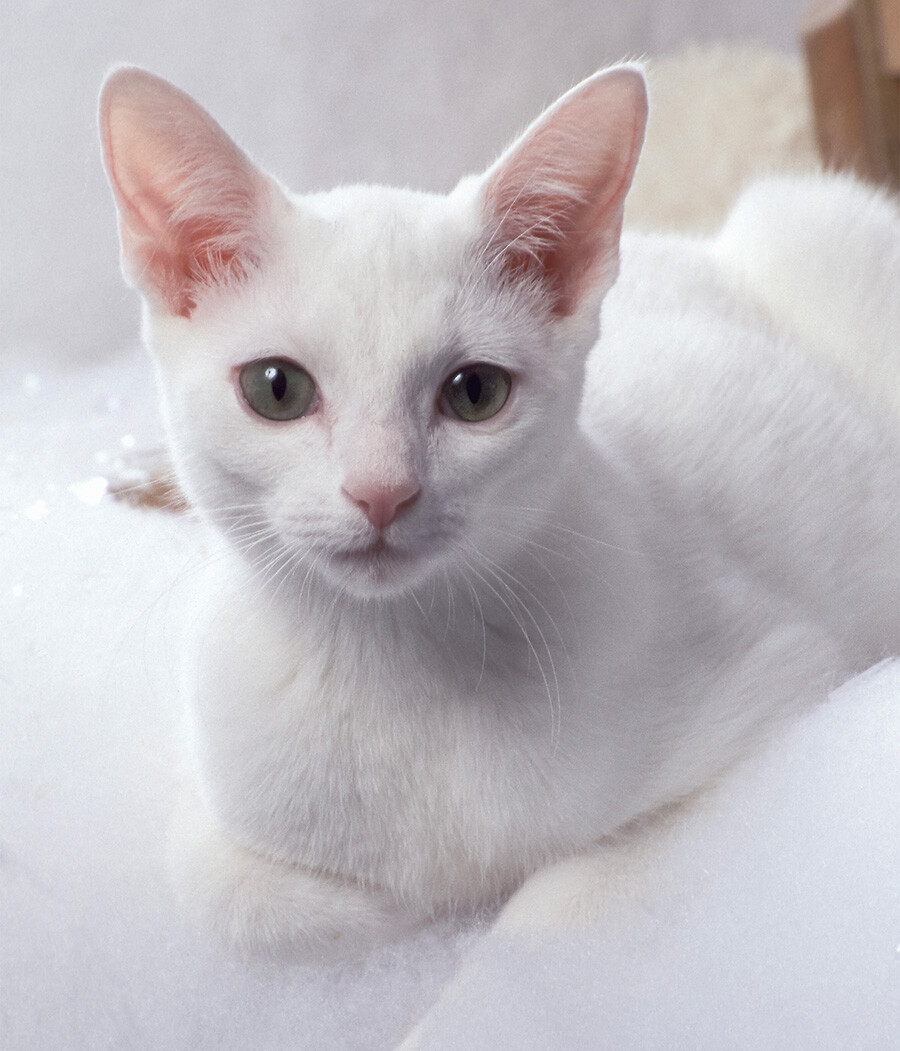
Legion Media
Based on the Russian Blue, foreign breeders also came up with new types - the Russian White and Russian Black breeds. As a result, a snow white cat with emerald eyes, dubbed the White Rose, first appeared. Its descendants became the "grannies" of Russian White cats in Australia - even today there's a cattery of white, black and blue felines that calls those cats 'Babushka Blue Russians'. The new breed was registered in 1975 in the state of New South Wales. Apart from Australia, it is currently recognized in New Zealand, South Africa, the U.S. (since 2010) and Great Britain.
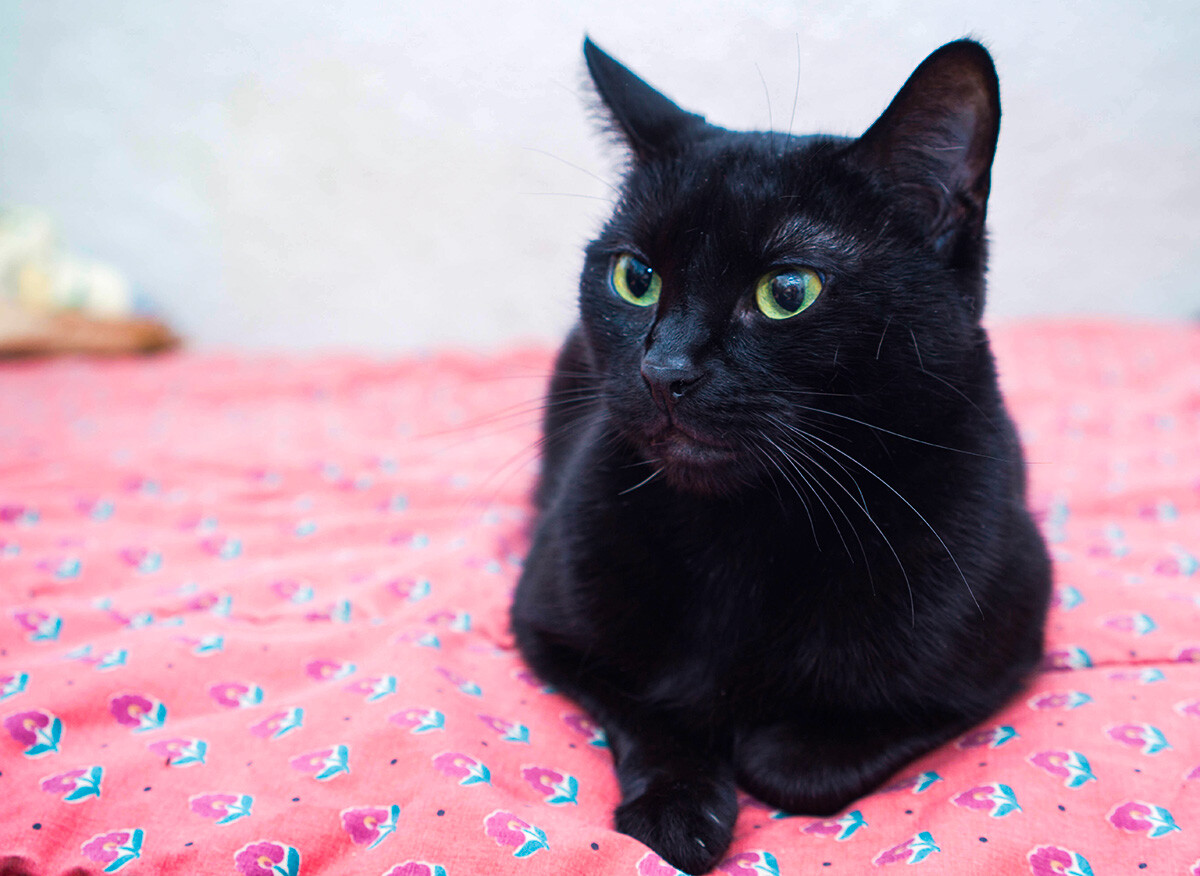
Legion Media
Meanwhile, English breeders crossed the Russian Blue with the White Siamese, which for some reason resulted in a black green-eyed kitten in the third generation. It was called the Arctic Lascatsy, which eventually became the "grandma" of Black Russian cats.
5. Graceful like a ballet dancer
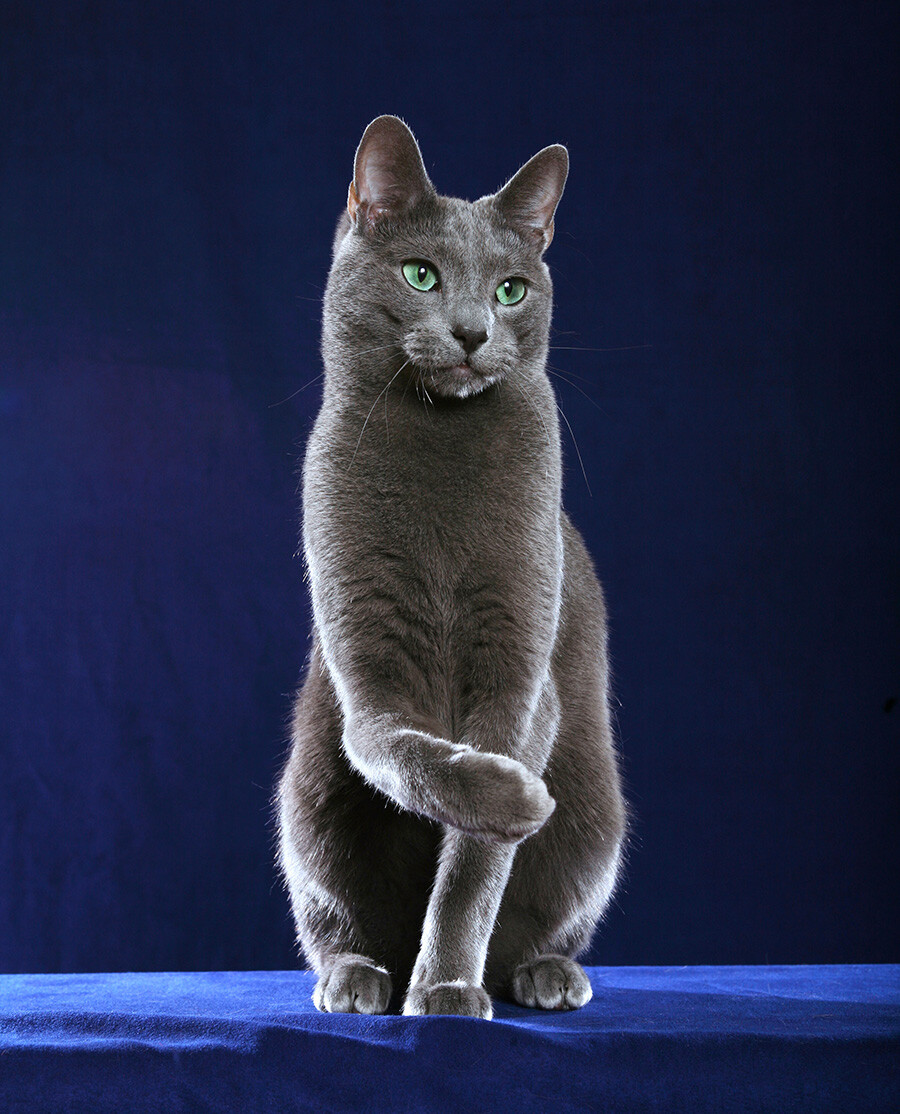
Legion Media
The manner in which the Russian Blue moves is often compared to a ballerina performing on stage. This relatively small cat, weighing 3-5 kilos on average, moves smoothly and elegantly on its slim, but strong legs. Like all old breeds, the Russian Blue is remarkable for its robust health (a life span of 15-20 years) and sharp wits.
Dear readers,
Our website and social media accounts are under threat of being restricted or banned, due to the current circumstances. So, to keep up with our latest content, simply do the following:
- Subscribe to our Telegram channel
- Subscribe to our weekly email newsletter
- Enable push notifications on our website
- Install a VPN service on your computer and/or phone to have access to our website, even if it is blocked in your country
 Share
Share
 Tweet
Tweet
 Share
Share
 Flip
Flip
 Email
Email
Watch latest videos
Subscribe and Follow
Get a daily dose of Irish Sun news through our daily email, its complimentary and keeps you fully up to date with world and business news as well.
News RELEASES
Publish news of your business, community or sports group, personnel appointments, major event and more by submitting a news release to Irish Sun.
More InformationInternational
SectionUS expands oil, gas leasing and eases Alaska energy restrictions
WASHINGTON, D.C.: U.S. Interior Secretary Doug Burgum has announced plans to open more land for oil and gas drilling in Alaska and...
Lawmakers push for fewer military flights in Washington D.C. area
WASHINGTON, D.C.: Ten Democratic lawmakers in the U.S. House of Representatives have asked the Pentagon to reduce military training...
Delta crash-landing probe finds dangerous descent before touchdown
TORONTO, Canada: An initial investigation into last month's dramatic Delta Air Lines crash-landing in Toronto has revealed that the...
New York court blocks law allowing over 800,000 non-citizens to vote
NEW YORK CITY, New York: New York State's highest court has struck down a law this week that would have allowed over 800,000 legal...
40 times more people killed in Gaza than in the 7 October attack
The death toll in Gaza on the weekend has passed 50,000, local health authorities have reported. What started the carnage was the Hamas-led...
USDA pledges $100 million for bird flu research, vaccine development
WASHINGTON, D.C.: The U.S. Department of Agriculture (USDA) has announced plans to invest up to US$100 million in research to develop...
Europe
SectionIreland’s Central Bank warns of economic risk from US-EU trade dispute
DUBLIN, Ireland: As tensions rise between the United States and the European Union over potential tariffs, Ireland's Central Bank governor...
Welfare cuts in Ireland hit jobseekers under stricter work mandates
DUBLIN, Ireland: In 2024, thousands of jobseekers saw their welfare payments reduced for not fully engaging with employment support...
Finance minister warns trade war could hurt Ireland’s economy
DUBLIN, Ireland: Ireland's Finance Minister Paschal Donohoe has warned that an escalating trade war between the European Union and...
Ireland climbs to 15th in World Happiness rankings
DUBLIN, Ireland: Ireland has risen two places to become the 15th happiest country in the world, according to the World Happiness Report...
EU to cut steel import quotas by 15% to counter US tariff fallout
BRUSSELS, Belgium: The European Union is set to tighten steel import quotas starting in April, reducing inflows by 15 percent to prevent...
Ireland’s property prices surge 8.1% in a year, CSO reports
DUBLIN, Ireland: Ireland's property prices continued their upward trend, rising by 8.1 percent in the 12 months leading to January...


